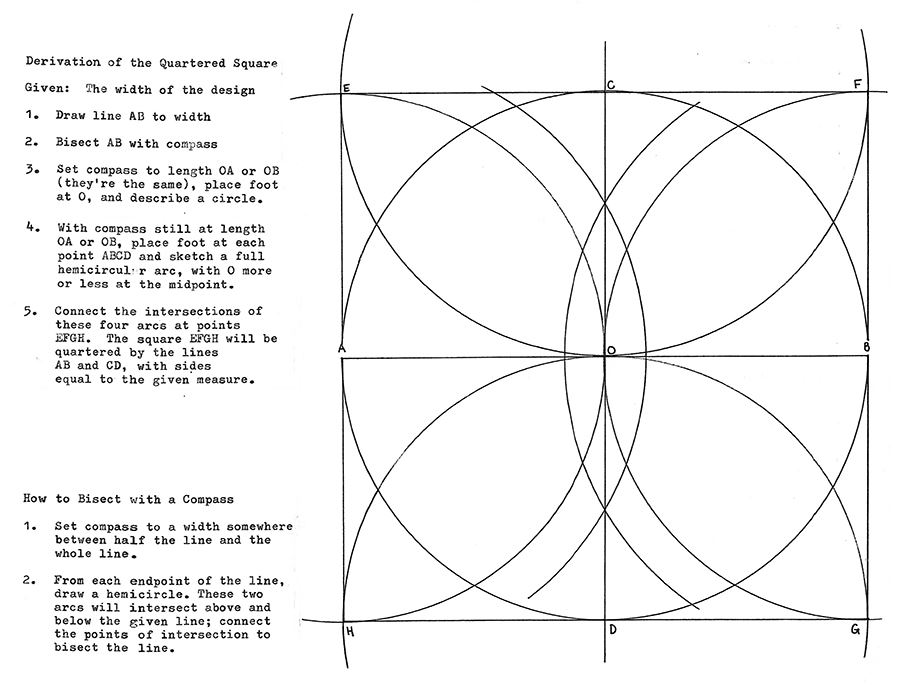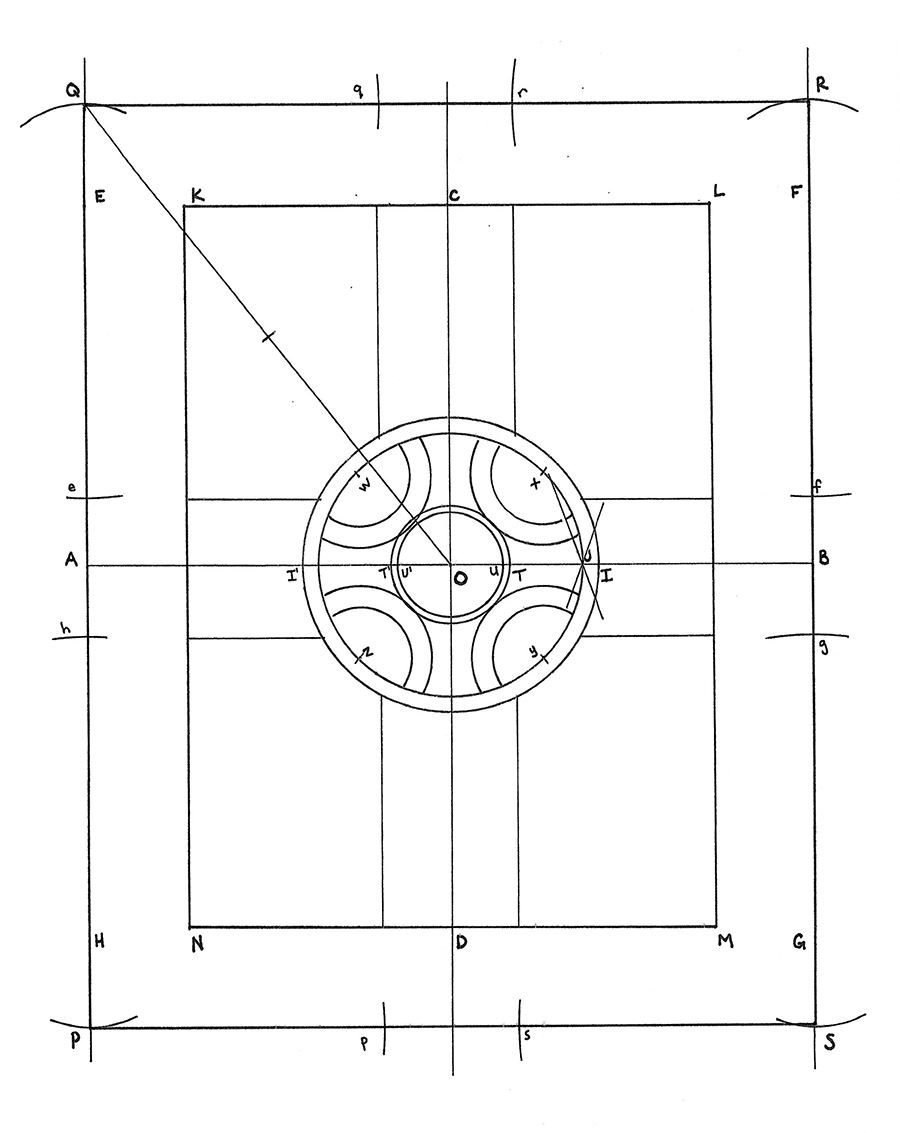I am accustomed to thinking about design in terms of impact, where the goal is to produce in an audience an immediate response of belief or understanding. How do we come to believe or understand, especially ideas that are not new? Some of the things we want to communicate—or rather that I want to communicate, with you—like “love one another,” say, or “don’t be afraid,” toward which artists have been groping for millennia, aren’t easy to absorb immediately. They aren’t marketable: that is, the principles of effective messaging are not governing factors in the same way they would be if I were to convince you to pay for something.
The idea of one piece of art being more “impactful” than another implies competition, as though I must create the biggest collision at the highest speed. And I am all funned out with trying to provoke the biggest reaction, because the things I want to say to you—we’re strangers, after all—come not from me but through me. When I get those things confused, then what you hear is me—me, with my privileges and prejudices—instead of what I’d like to create for you, which, at its best, transcends those limitations. What would it look like, then, if I were to create a book that listened, instead of spoke? Because I have a feeling that being listened to and not spoken to is how we come to understand.
Within early illuminated manuscripts I chanced on books that listen—that rest and say little, so we can listen to ourselves. These books, when created—like the Book of Durrow, the Lindisfarne Gospels, the Book of Kells—neither conveyed new information nor educated, because everyone who could read them already knew what they said. Unlike churches, which could not be moved if threatened, manuscripts could be hidden, opening their visual space to viewers wherever they were. I have heard that books from as far afield as North Africa, Europe, and the Near East made their way to Ireland in the hands of refugees from political and religious wars, seeking a place to rest—at least for a time—in safety.
The sanctity of illuminated manuscripts has to do, I think, with space—the interior space they contain for rest and reflection. Their page layouts create an ordered and highly patterned visual space, which is itself filled with ordered and patterned text and imagery, in ever-increasing complexity. These manifold textures share characteristics with mandalas and Islamic calligraphy; they create a sense of being drawn in deeper, in order to see.
The examples I’m using come from a religious context, where there is definitely a message behind the silence, but I think that message—whatever it is, doctrinally—comes second to image. The visual space engenders silence, and though someone might want to use the silence to proselytize, the silence came first and can stand on its own: as in, for example, cave paintings or ancient textiles, where the original message, whatever it was, has been lost to us, though the visual space remains powerful.
I have imitated these early page layouts using Robert Stevick’s The Earliest Irish & English Bookarts, a straight edge, and a compass. Attached are instructions for the layout of the Soiscél Molaise cover, so you too can, if you like, draw a design with just a compass and straight edge. And pencil, I guess, and eraser, probably. The process can be maddening. Still, the quiet of the work can be passed on from its original laborers to us, and when things are quiet, we listen well.
What is the impact of such a book? Maybe it “makes an impression,” but again we return to pushing, pressing; doing, that is, instead of being; or acting instead of resting, which is the idea I’m groping toward. I’m trying to do things all the time, because I have come to equate changing things with doing things. But is this right? In tracing the lines of a manuscript, what am I doing? It’s hard to say, but I’m drawn to it nevertheless, because it’s the kind of doing that just feels like being.

.jpg)


I’m Jennifer Buchi! I’m a poet, bookbinder, and cosmic dirt farmer living in Salt Lake City. You can reach me at jennifer.buchi@gmail.com, where you can also get a copy of the Soiscél Molaise instructions in PDF format if you’d like them.

